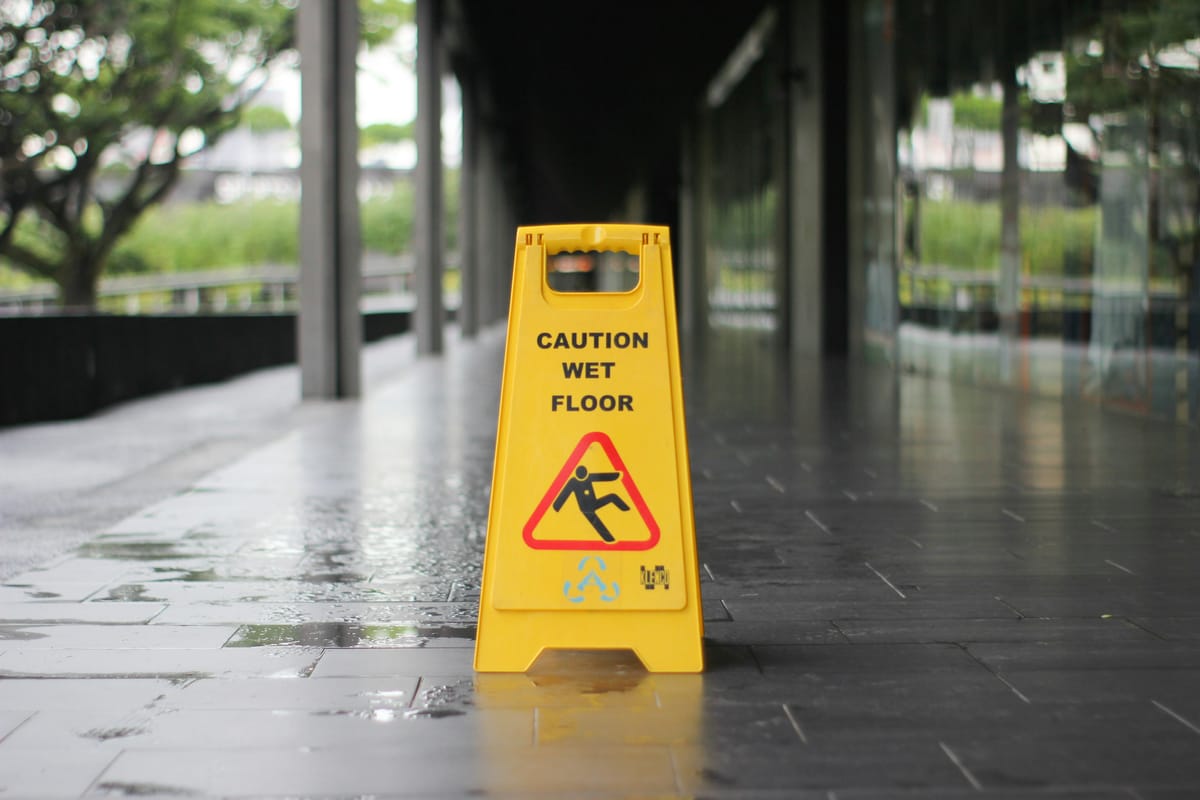Colorado High Court Clarifies Injury Lawsuits in Government Buildings

DENVER — The Colorado Supreme Court ruled Monday that people suing the government for injuries caused by dangerous conditions in public buildings must show early on that the government likely acted negligently.
The decision stems from a 2019 case in which Krista Dozier slipped on a puddle of water inside the Jefferson County courts and administration building. Dozier claimed she was injured due to unsafe conditions that county officials failed to fix quickly enough. However, the court said the county did not have enough time to respond to the spill before the accident.
Government Immunity and the “Dangerous Condition” Exception
Under the Colorado Governmental Immunity Act (CGIA), government entities are generally protected from lawsuits. One exception allows people to sue if their injury was caused by a "dangerous condition" in a public building. But the plaintiff must meet strict criteria: they must prove the hazard posed an unreasonable risk, that the government knew or should have known about it, and that the problem was caused by the government’s negligence.
In this case, Dozier’s fall happened just minutes after county workers had reported the spill and requested cleanup. The Supreme Court agreed with the lower court that Jefferson County did not have a reasonable opportunity to act before the fall occurred.
“If the reasonableness of a public entity’s response were irrelevant, a plaintiff could overcome immunity and proceed to trial despite being injured by a condition only seconds after the public entity learned of it,” Justice William W. Hood III wrote in the court’s opinion. He emphasized that the CGIA was designed to protect taxpayers from excessive legal costs.
Court Rejects Lower Court’s View
The Colorado Court of Appeals had earlier ruled that Dozier did not need to prove the county had enough time to respond at this stage in the case. The panel held that simply alleging negligence related to a dangerous condition was enough to move forward.
“To require this greater burden of proof, at this stage of the proceedings, would be tantamount to requiring Dozier to prove that the County was negligent and liable for her injuries,” wrote Chief Judge Gilbert M. Román.
But the Supreme Court disagreed. It established that plaintiffs must show a "reasonable probability" of success at trial — a middle ground between assuming all their claims are true and proving the case as they would at a full trial.
Case Dismissed, Standard Clarified
Ultimately, the court upheld the dismissal of Dozier’s lawsuit, finding that Jefferson County did not have enough time to address the hazard before her fall. The ruling provides clearer guidance on when public entities lose their immunity under the CGIA.
County Attorney Kym Sorrells welcomed the decision, saying it gives courts and parties a clear rule to follow.
Dozier’s attorney, Jonathan S. Willett, criticized the ruling. “By adopting this standard for government buildings that evaluates the 'reasonableness' of the government's response,” he said, “it gives the government many more opportunities to get cases dismissed at the beginning of the litigation.”
